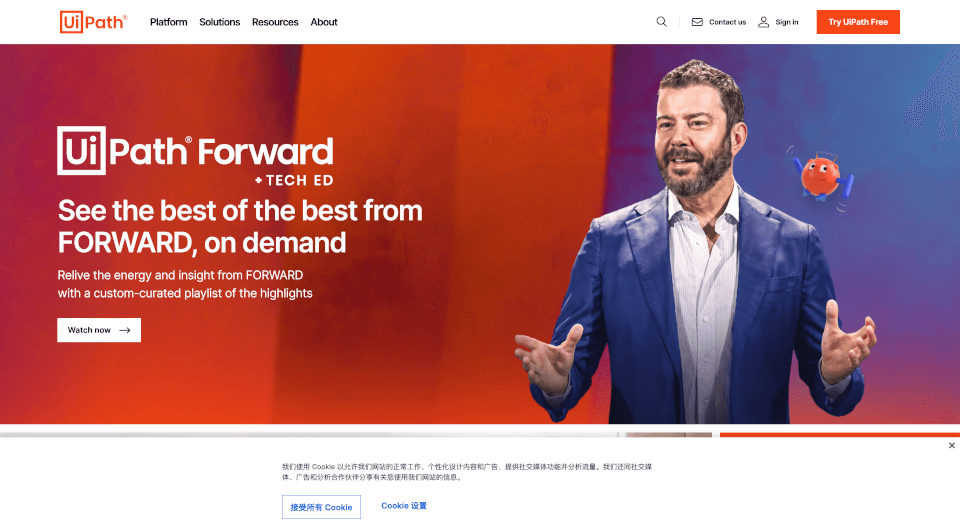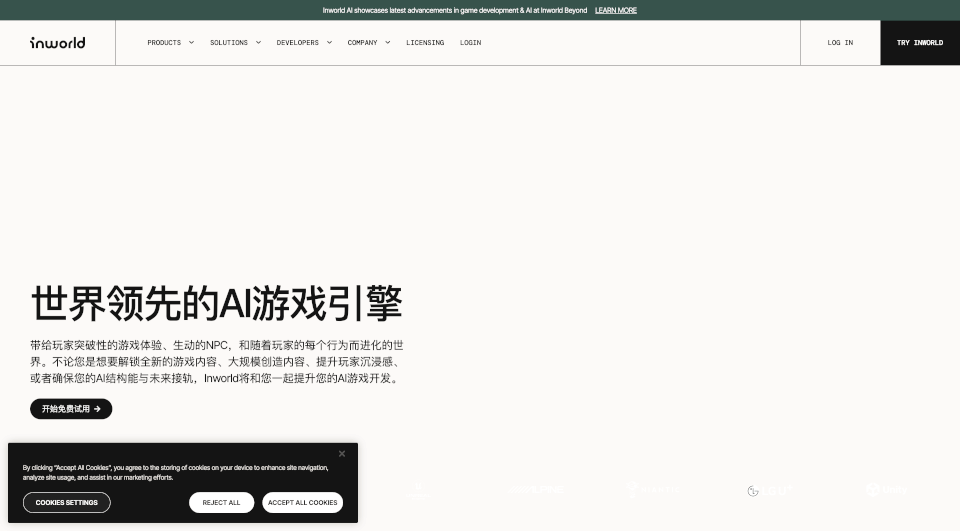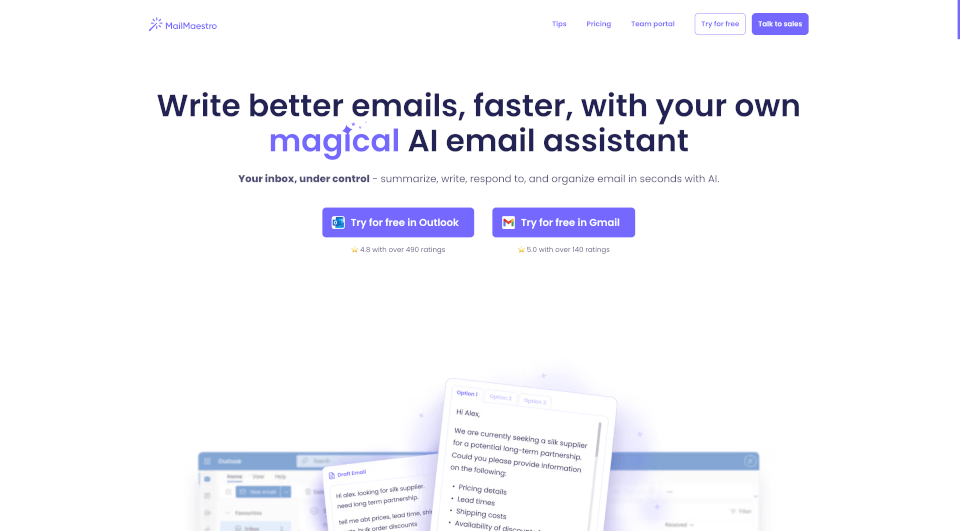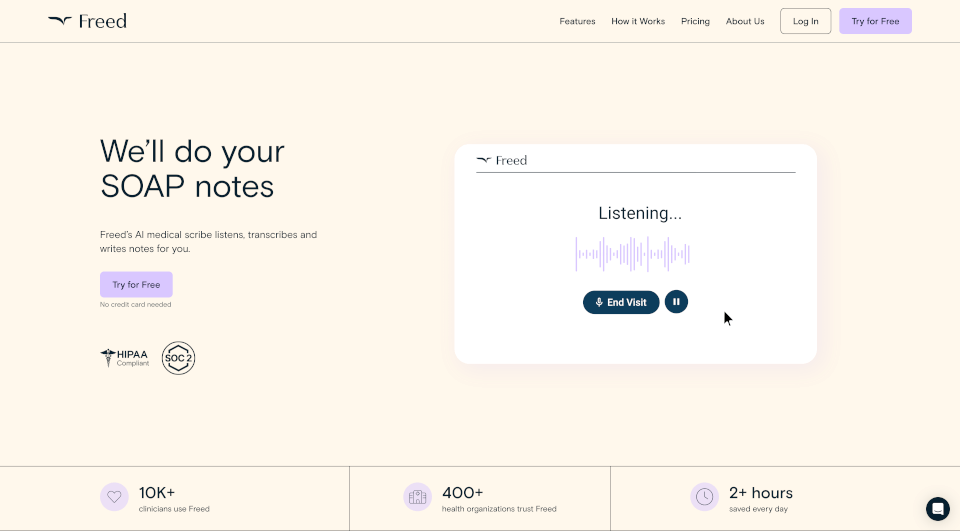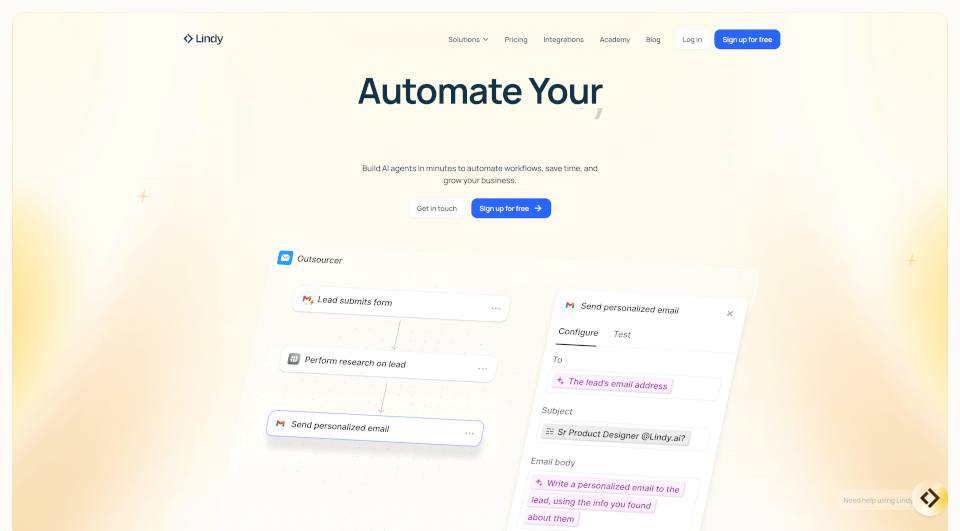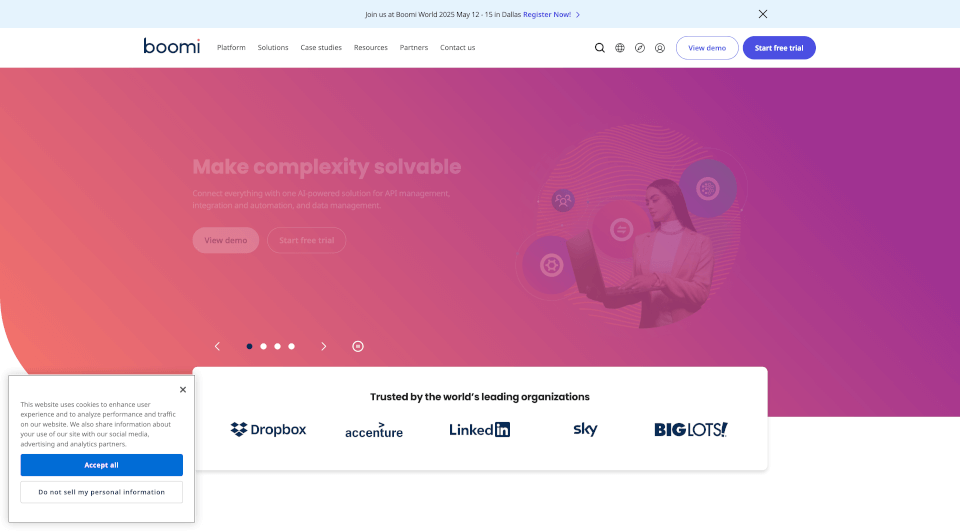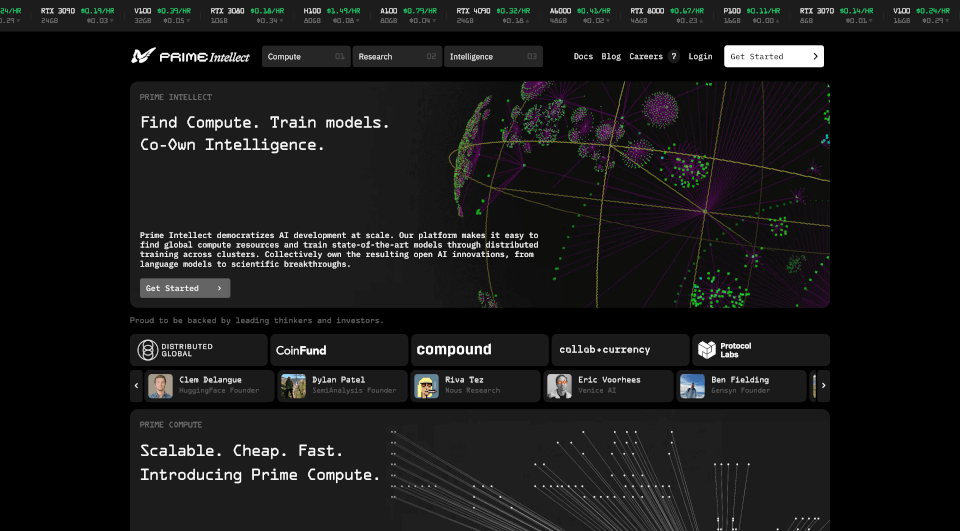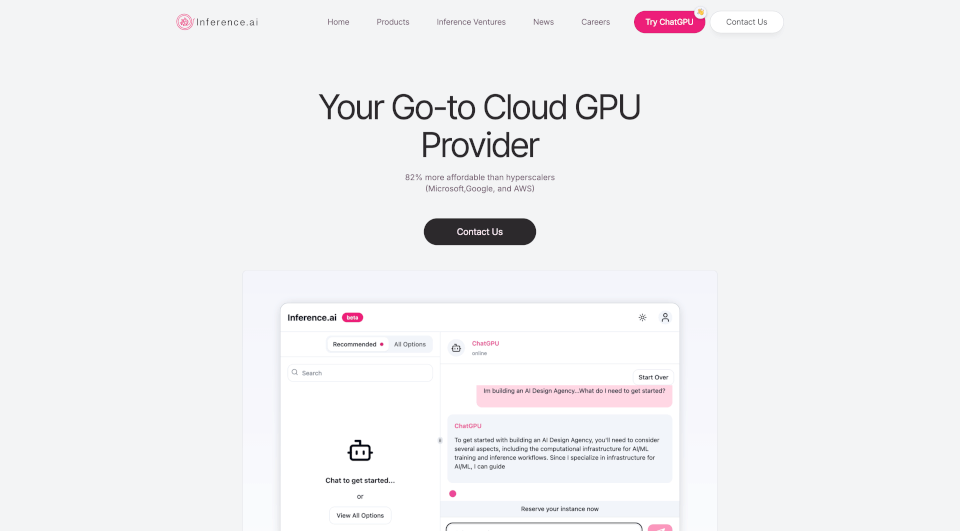What is UiPath?
The UiPath Automation Platform is a comprehensive solution designed to empower businesses through agentic automation and the transformative capabilities of artificial intelligence (AI). With the aim to streamline workflows, enhance productivity, and enable continuous improvement, UiPath integrates various automation solutions, making it a vital tool for organizations seeking operational excellence.
What are the features of UiPath?
The UiPath platform offers a myriad of features that cater to diverse automation needs:
- Process Mining: Utilize advanced algorithms to identify the most valuable opportunities for process optimization.
- Task Mining: Analyze user behavior and task performance to uncover inefficiencies and areas ripe for automation.
- Automation Hub: A central repository to track and manage automation initiatives across the organization.
- Low-code Development: Facilitates rapid application development with minimal coding, allowing more users to engage in automation without extensive programming knowledge.
- Generative AI: Leverages artificial intelligence to generate intelligent workflows and improve decision-making processes.
- Intelligent Document Processing (IDP): Automates the extraction and processing of data from documents, enhancing accuracy and efficiency.
- Process Orchestration: Manages and integrates various automation processes to ensure they work seamlessly together.
What are the characteristics of UiPath?
The UiPath platform is characterized by:
- Scalability: Easily scales from small processes to enterprise-level deployments, accommodating the growing automation needs of a business.
- Flexibility: Supports a variety of deployment options including cloud-based and on-premises solutions, allowing businesses to choose what suits them best.
- User Empowerment: Designed for both technical and non-technical users, enabling citizen developers to create automation without deep programming skills.
- Real-time Analytics: Offers insights into automation performance and helps organizations measure the ROI of their automation initiatives.
What are the use cases of UiPath?
The versatility of UiPath enables it to be applied across various industries and departments, including:
- Healthcare: Automates administrative tasks, freeing up care providers to focus on patient interaction and treatment.
- Banking & Financial Services: Streamlines processes like compliance checks, transactions, and data entry, allowing employees to concentrate on customer service.
- Insurance: Enhances client service and reduces processing time for claims through intelligent automation solutions.
- Public Sector: Empowers government entities to deliver better services by automating routine tasks and providing more timely support to citizens.
- Manufacturing: Supports production processes by automating inventory management, order fulfillment, and quality assurance checks.
- Telecom: Enhances customer care operations by automating routine queries, billing processes, and account management.
How to use UiPath?
Implementing UiPath automation is a straightforward process:
- Identify Processes: Begin by identifying the repetitive tasks within your organization that require automation.
- Select Automation Tools: Choose from the wide array of tools available within the UiPath platform based on the specific needs of the task.
- Develop Automations: Utilize the low-code development feature to build the automation processes.
- Deploy and Monitor: Deploy the automations across the desired departments and monitor their performance using real-time analytics.
- Continuous Improvement: Regularly review the effectiveness of the automations and make necessary adjustments to optimize their function.
